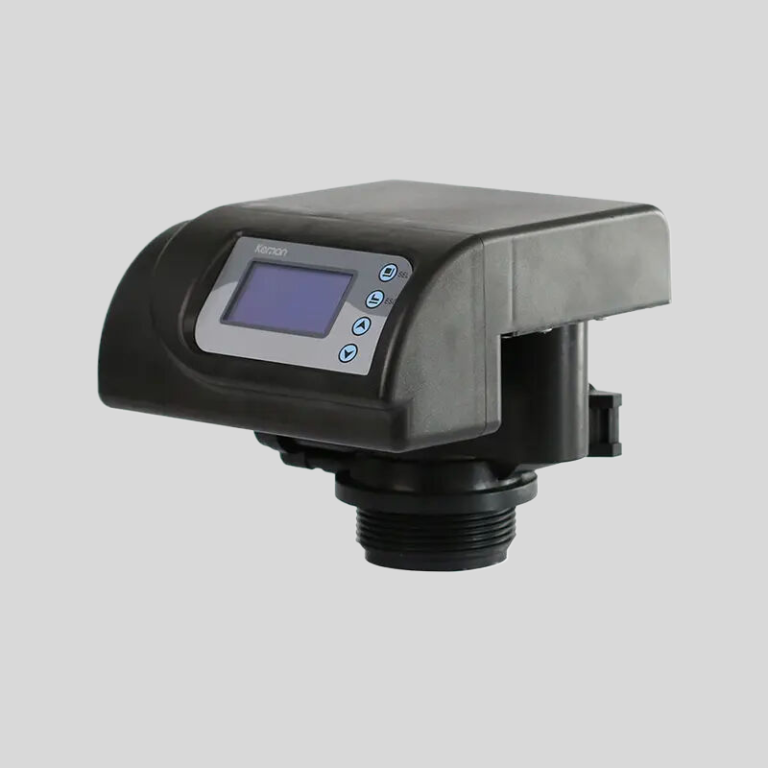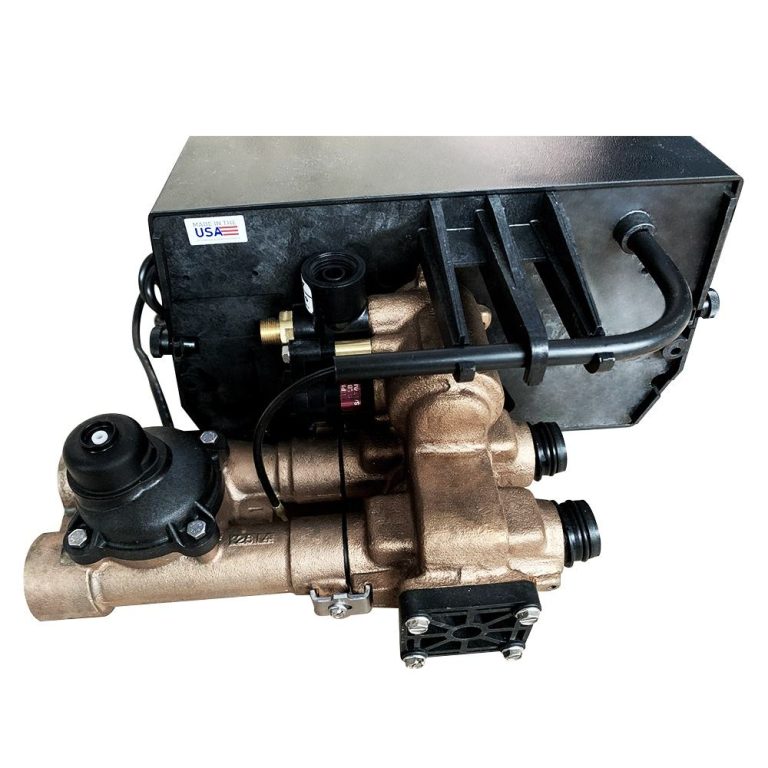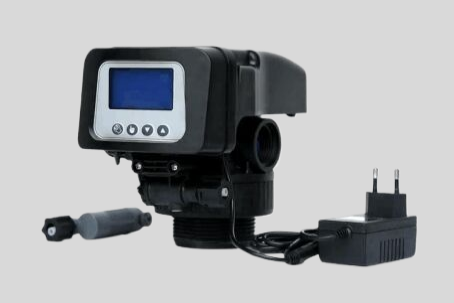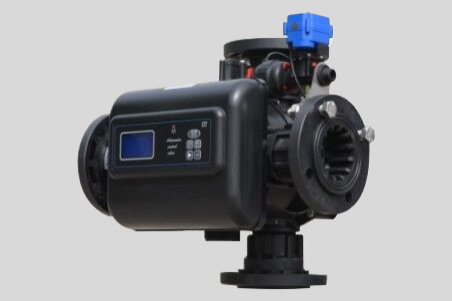“Pure, Soft, and Refreshing: The Power of Water in Your Water Softener.”
Importance of Water in Water Softeners
Water softeners are a common household appliance that many people rely on to improve the quality of their water. These devices work by removing minerals such as calcium and magnesium from the water, which can cause issues such as scale buildup and soap scum. However, one question that often arises is whether there should be water in the water softener itself.
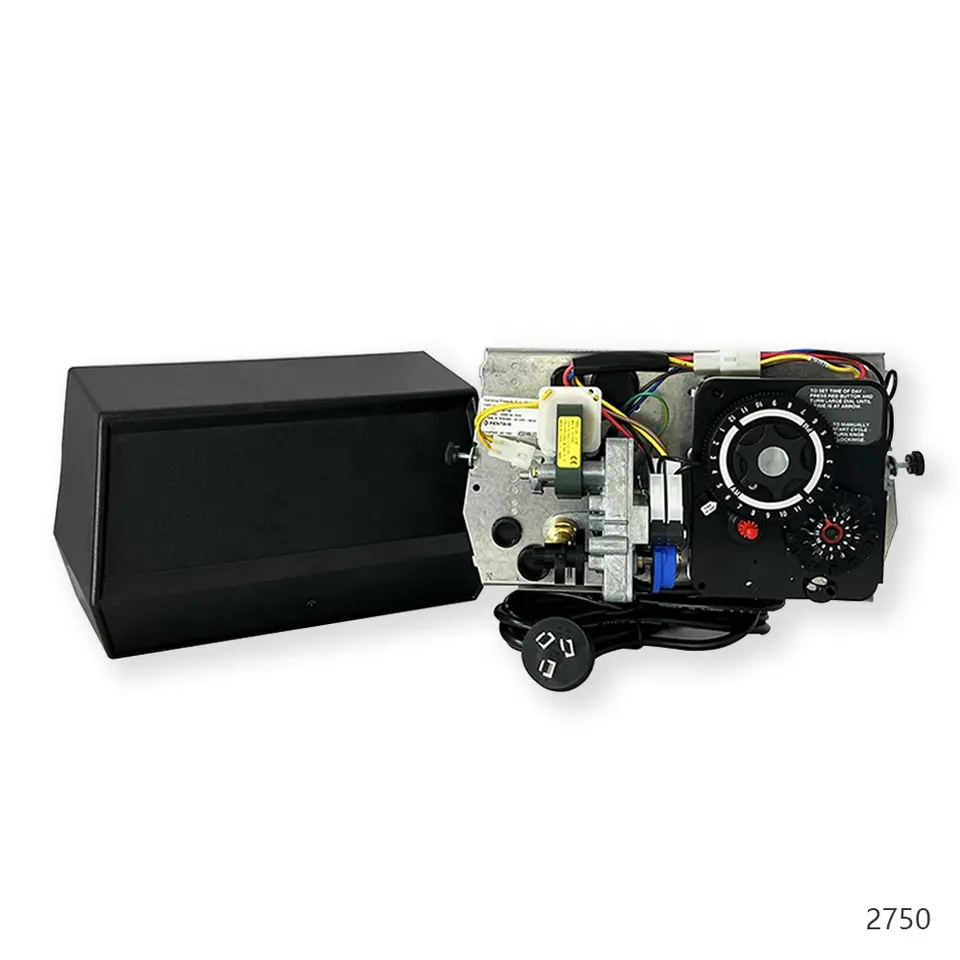
The answer to this question is yes, there should be water in your water softener. In fact, water is an essential component of the softening process. When water enters the softener, it passes through a resin bed that is filled with tiny resin beads. These beads are coated with a special material that attracts and removes the minerals from the water.
As the water flows through the resin bed, the minerals are exchanged for sodium ions. This process is known as ion exchange, and it is what ultimately softens the water. Without water in the softener, this exchange cannot occur, and the water will not be properly softened.
In addition to allowing for the ion exchange process, having water in the softener also helps to ensure that the resin bed remains hydrated. This is important because if the resin bed becomes dry, it can become damaged and less effective at removing minerals from the water. By keeping the resin bed hydrated, you can help to prolong the life of your water softener and ensure that it continues to work efficiently.
| Model: Automatic Filter Valve | AF2 & AF2-H | AF4 | AF10 |
| Regeneration mode | Automatic | ||
| Inlet | 1/2” 3/4” 1” | 1” | 2” |
| Outlet | 1/2” 3/4” 1” | 1” | 2” |
| Drain | 1/2” 3/4” 1” | 1” | 2” |
| Base | 2-1/2” | 2-1/2” | 4” |
| Riser pipe | 1.05” OD | 1.05” OD | 1.5” D-GB |
| Water Capacity | 2m3/h | 4m3/h | 10m3/h |
| Working Pressure | 0.15-0.6Mpa | ||
| Working Temperature | 5-50°C | ||
| Power Supply | 220/110V 50Hz / 18 W | ||
Another reason why water is important in water softeners is that it helps to flush out any impurities or debris that may accumulate in the system. Over time, sediment and other particles can build up in the resin bed, which can hinder its ability to soften the water. By regularly flushing the system with water, you can help to remove these impurities and keep your water softener running smoothly.
It is worth noting that the amount of water in your water softener will vary depending on the specific model and design. Some softeners may require a certain amount of water to be present at all times, while others may only need water during the regeneration process. It is important to consult the manufacturer’s instructions or seek professional advice to determine the specific water requirements for your water softener.
In conclusion, water is an essential component of water softeners. It allows for the ion exchange process to occur, keeps the resin bed hydrated, and helps to flush out impurities. Without water, your water softener will not be able to effectively remove minerals from the water, and it may become less efficient over time. Therefore, it is important to ensure that there is always water in your water softener to maintain its functionality and prolong its lifespan.

